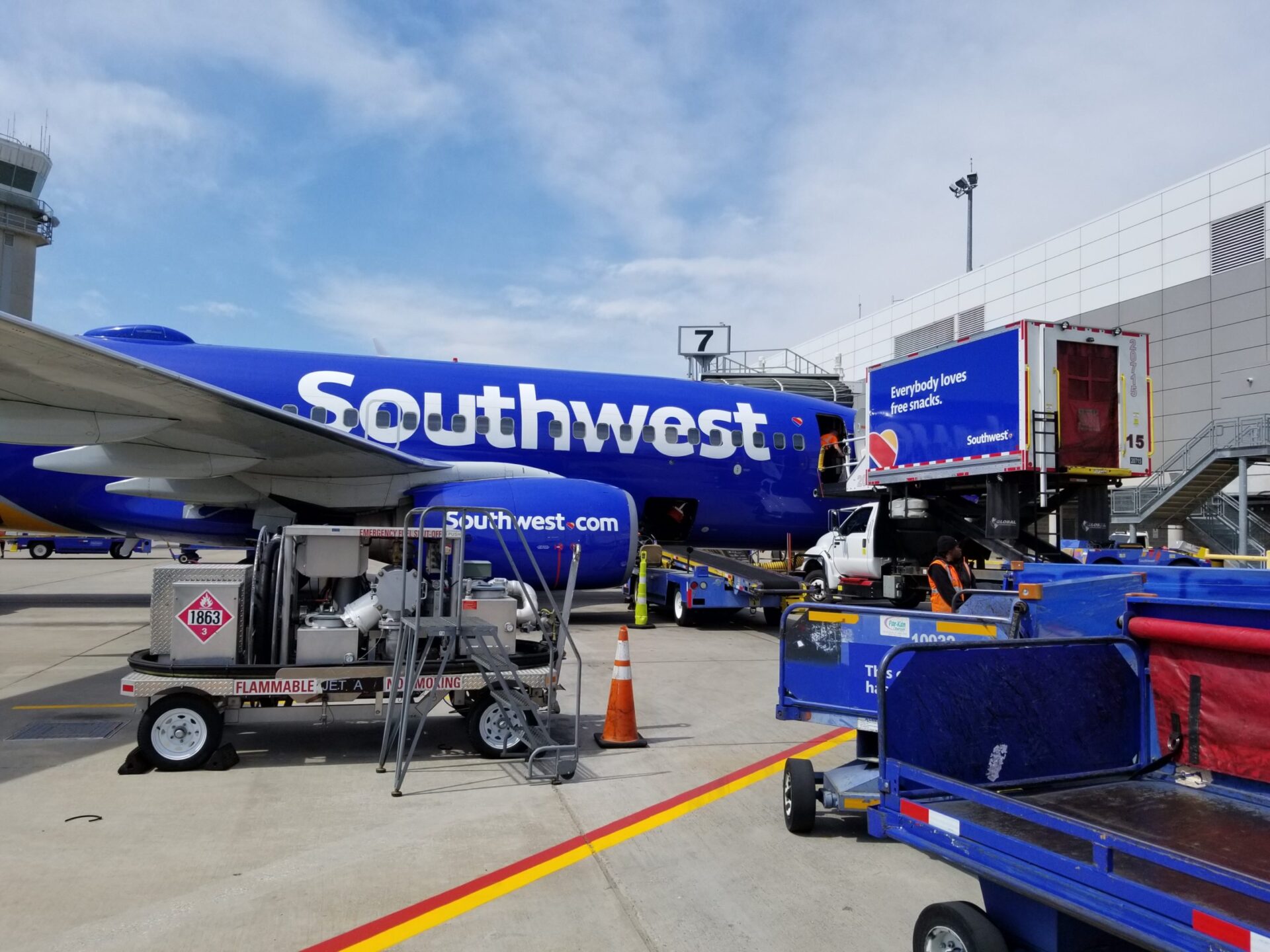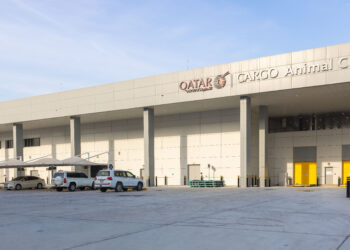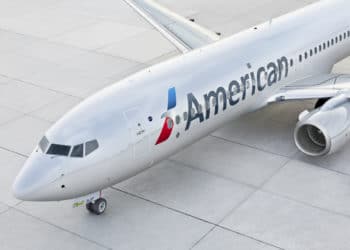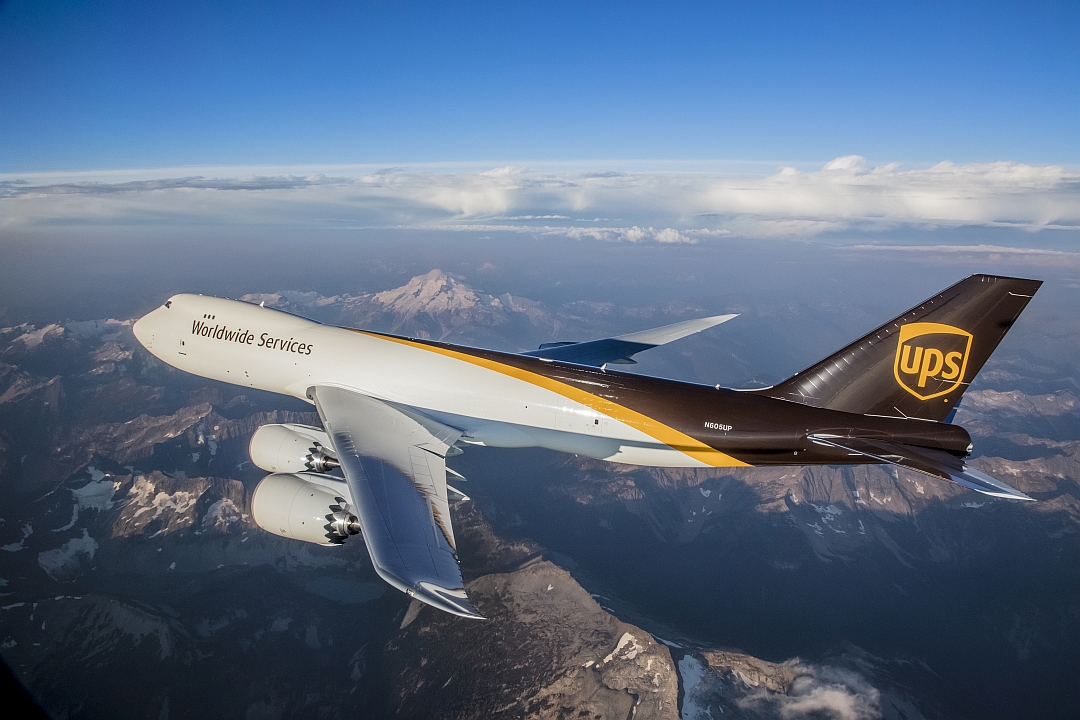No products in the cart.
Cargo traffic falls 12 percent among Asian carriers in Feb., says AAPA
The Association of Asia Pacific Airlines (AAPA) released its February traffic results today, showing that year-over-year growth rates for regional carriers are no longer flat, but in double-digit decline. Average traffic measured in freight tonne kilometers (FTKs) of member airlines dropped by a whopping 12 percent during the month compared to the same time last year.
The seasonal closure of businesses during the Chinese New Year holiday impacted cargo traffic to some degree, but was not fully accountable for the plunge. The AAPA said that export activity in some Asian countries was slower during the month, including in China.
January’s results also showed a y-o-y decline in demand for air cargo among AAPA member carriers – but only by about 4 percent. Taking the first two months together, 2019 has seen an 8.3 percent decline in traffic for AAPA members compared to last year.
The discouraging results are at least partially attributable to the lingering effects of the U.S.-China trade war, which slowed down demand for trans–Pacific capacity due to increased tariffs. But the trend of diminished demand for airfreight during February is not isolated to Asia–Pacific players. Major airports in North America and Europe also saw sharp declines in cargo volume during the month.
AAPA director general Andrew Herdman provided some grounds for optimism, noting that changes to “selected economies’” fiscal policies are expected to stimulate domestic spending – likely referring to the Chinese government’s recent fiscal reform – and that continued growth in demand for e-commerce should serve to boost air cargo, as well.
“Overall, airlines remain proactive in responding to changes in demand conditions, and are exploring new avenues to boost revenue growth whilst managing costs in the face of challenging operating conditions,” he said.
Still, Herdman noted the results “point to the likelihood of continued weakness in air cargo markets,” at least for the next few months.

















